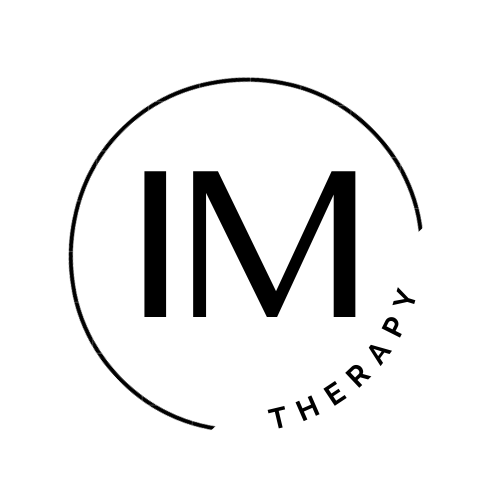For many individuals receiving more than one therapy, understanding what each service offers can be confusing . Since it is not uncommon for many children or adults to be receiving more than one type of therapy, one might occasionally see Speech Therapy (ST), Occupational Therapy (OT), or Physical Therapy (PT) clumped together– but what do each of these mean? While each of these therapies may encompass similar approaches (each one involving some type of assessment, planning, treatment plan), it is important to recognize the differences/specifics within each of these fields. Here we give a very basic overview of each discipline:
Speech Therapy (ST)– speech, language, swallowing, cognitive-linguistic skills, social-pragmatic skills.
- Language-receptive (taking in information) or expressive (sharing information)
- Ex) When asked “where’s the door?”, child or adult may answer “blue” or give another unrelated response due to trouble with receptive language.
- Speech- includes issues relating to articulation (mispronouncing certain sounds), fluency (stuttering), or voice.
- Ex) Child/ Adult says “wabbit” instead of “rabbit” (articulation).
Occupational Therapy (OT)– helps those that have difficulty with completing everyday activities. Occupational therapists typically work on activities related to self-care, fine motor or sensory processing skills.
- Fine motor skills– can include activities such as holding a pencil when writing, using scissors to cut, or even brushing one’s teeth.
- Ex): An individual that recently had a stroke or other head injury that has affected use of one arm and will need to learn how to put on a shirt.
- Sensory processing skills– involves issues relating to any of the five senses (sight, taste, hearing, touch, smell) in which there is an over/under stimulation.
- Ex): A child or adult that becomes easily distressed by loud noises.
Physical Therapy– assists individuals dealing with some type of mobility loss or other impacting injury to improve gross motor skills. Physical therapists can assist children/adults to increase their range of motion, improve coordination, or to target muscle strengthening .
- Range of motion– may include injury that prevents/limits someone from being able to extend fully at a particular joint in the body.
- Ex): An adult that has recently dislocated their shoulder and has difficulty when reaching up for something.
- Coordination- any issue where one’s balance or spatial awareness is affected.
- Ex): An individual that is walking down stairs and misses a step due to poor spatial awareness or a child that has difficulty throwing a ball.
- Muscle strengthening- can include exercises for strengthening certain muscles where there has been some type of muscle loss due to injury or other impacting issue.
- Ex): An adult that sustained a back injury moving something heavy and is unable to move without pain.
If you or someone you know needs the services of a licensed and certified speech-language pathologist, please be sure to discuss your concerns with a physician, a speech-language pathologist, or another qualified provider. You can also find a provider through the ASHA ProFind service or visit us at www.bilingualspeech.org for more information. NOTE: If you have an urgent medical need, please seek immediate medical attention.

